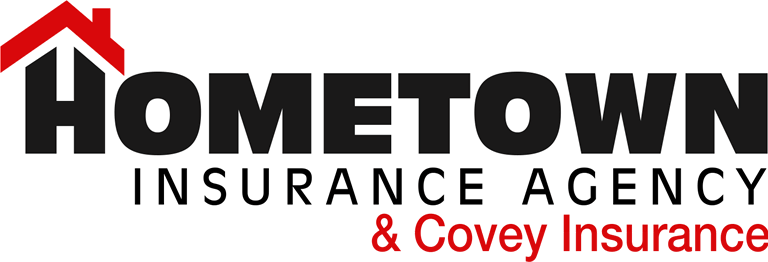As a homeowner, one of the most important aspects of your home isn’t something you use daily. And it isn’t something flashy you show off to friends. It’s your homeowners insurance policy, and it protects you in more ways than you may think, helping you rebuild your home or repair damage that results from a covered loss.
But, that’s not all. It can also help cover the costs of a lawsuit, help you pay for somewhere else to live when your home is uninhabitable and much more.
Home insurance is typically very comprehensive, but all policies have exclusions and coverage limits. It’s vital to know what those are so you know what’s covered and what’s not. Fire damage? Typically covered. Flood damage? Typically not.
With this guide, you can begin to understand what a typical home insurance policy covers. Just keep in mind that coverage varies from carrier to carrier, region to region and even policy to policy. Only your individual home policy can tell you the coverage you have and that which you don’t. For an even better understanding of your home policy coverage, review it with one of our agents.
What Home Insurance Covers The typical homeowners insurance policy has six types of coverage. They are commonly known as:
Coverage A: Dwelling, for damage to your house that occurs due to covered losses, such as a fire. Following a covered loss, dwelling coverage helps you repair or rebuild your home, including the structures, such as a garage or a deck, attached to it.
Coverage B: Other Structures, for damage to other buildings or structures on your property that result from a covered loss, such as a tornado. This may include a detached garage, a barn or a fence.
Coverage C: Personal Property, for damage to or loss, including theft, of your personal belongings and possessions, such as jewelry, furniture and other valuables. If you experience a covered loss, this coverage will help you replace items up to the defined dollar limit in your policy. In certain instances, your belongings may be worth more than the typical home insurance policy covers. In this case, you may be able to purchase additional coverage through a process known as “scheduling valuables.” To help expedite a personal property claim, it helps to keep an updated home inventory of your belongings.
Coverage D: Additional Living Expenses, for costs incurred, up to your set policy limit, due to “loss of use” of your home, meaning your home has been damaged to the extent that you cannot live in it and you need to live elsewhere. This coverage helps you handle the costs of your temporary housing and related expenses.
Coverage E: Personal Liability, for damage to other people’s property for which you are responsible. This coverage may also help you handle legal costs and liability judgments resulting from a lawsuit, up to the defined dollar amounts outlined in your policy.
Coverage F: Medical Payments to Others, for bodily injuries to other people, such as a houseguest, that occur in your home or on your property. Like personal liability coverage, this coverage helps with the costs of a lawsuit or legal decision, up to your defined policy limits.
Remember that, despite having all of these different types of coverage, you’re only covered up to the dollar amounts that you select and only for covered losses, as outlined in your policy. Typically, you can change these policy limits at any time if you’d like to purchase more coverage. This is a good idea if, for example, you’ve recently added on to your home, acquired some pricey personal belongings or made other updates to your property. If needed, you can also reduce your coverage, though always ensure you are adequately protected.
What Home Insurance Doesn’t Cover
It’s just as important to know what your homeowners insurance doesn’t cover as it is to know what your home policy does cover. For starters, your policy does not cover any damage or repairs costing less than your deductible. It also does not cover any costs that exceed the coverage limits outlined in your policy. You are solely responsible for excess costs, unless you have an umbrella policy to provide additional liability coverage for a covered loss.
More than likely, your policy also does not cover routine maintenance and repairs, as well as damage due to animals, termites, floods, earthquakes, sinkholes, sewer backups, and other incidents. These are often considered non-covered losses. If you experience a non-covered loss, as outlined by your policy, you will be responsible for the costs.
What Home Insurance May Cover
Outside of the typical home insurance coverage, optional or separate coverage may be available from your carrier or from a different carrier. For example, you may be able to purchase earthquake or flood coverage separate from your homeowners policy.
Other coverage options are add-ons to your existing homeowners insurance. These can include identity protection and equipment breakdown coverage, which covers the cost to repair or replace a range of appliances and other equipment, such as pool equipment, in your home. If this sounds similar to an extended appliance warranty, it is. The difference is that you can insure an array of appliances at once through this optional coverage rather than purchasing a separate warranty for each one.
This guide is a starting point for understanding your home insurance policy. Your own policy may vary greatly from the descriptions above depending on the state where you live, your carrier, and the coverage you have selected. So take a close look at your policy by reviewing your documents or viewing your coverage online. Or, even better, sit down with one of our insurance agents who can explain your coverage in detail, as well as discuss whether your policy provides adequate protection for your home, property, and belongings.
Reposted with permission from the original author, Safeco Insurance.


